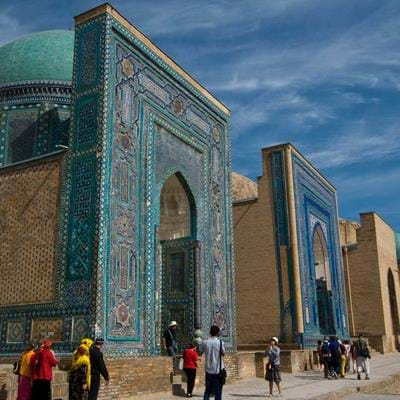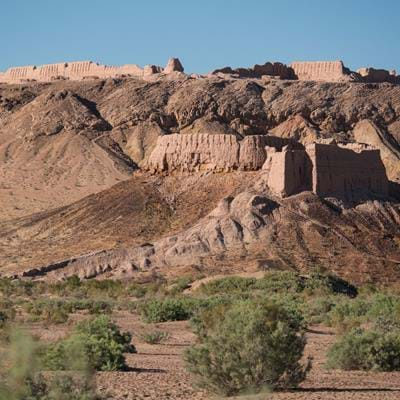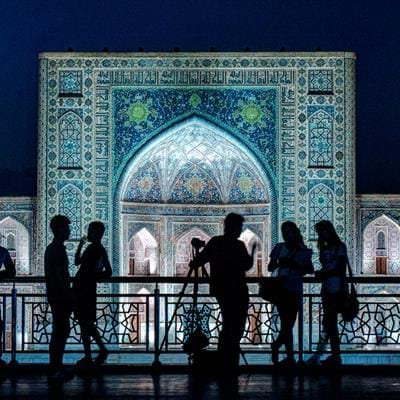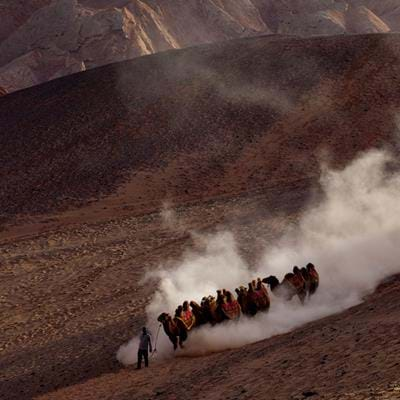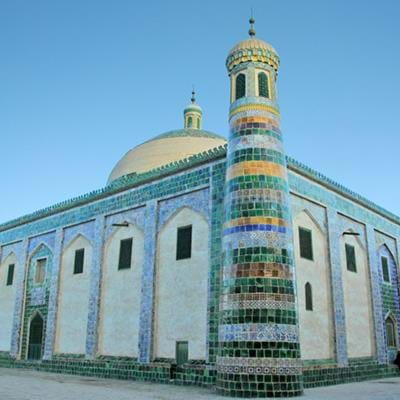Uzbekistan 08.04.2020 David Abrams
Amazon Affiliation
You can find out more about and read extracts from the books we've selected by clicking on the thumbnail images below, which will take you to their page on the Amazon website. We’ve set up an Affiliation scheme with Amazon, all proceeds from which will be donated to GiveIndia’s campaign to support day-wage labourers in India adversely affected by the Coronavirus outbreak. For more on this initiative, go to:
https://indiafightscorona.giveindia.org/support-families/
Aurel Stein: Pioneer of the Silk Road, by Annabel Walker
No-one did more to uncover the secrets of the lost cities, religious sites and Buddhist cultures of the ancient Silk Road than Aurel Stein, the Hungarian-born, British archeologist who, in 1901, famously discovered a copy of the world’s oldest printed book, the ‘Diamond Sutra’ (868AD) – along with 40,000 precious scrolls - at the Mogao caves complex in Xinjiang. It’s worth reading this biography purely as a parable for how determination and single-mindedness can overcome extraordinary odds. But in the course of his adventures, you also learn about the region’s ancient trade and religious centres, many of which remain buried under the shifting sands of the Taklamakan to this day.
The Lost Heart of Asia by Colin Thubron
Thubron has written two seminal travelogues on Central Asia, but for pure escapism, this one – researched in the early 1990s, just as the region was emerging from seven decades of Soviet rule – stands out. He writes the history of the Silk Road brilliantly, weaving together visits to ruined cities, forgotten tombs and encounters with an extraordinary cast of characters, from Turkmen shepherds to Kazakh law students, Kyrghyz navvies and a man writing a dictionary of physics in his native Tajik. The region has moved on to a bewildering extent since this era, when the countries were at their lowest ebb – which makes it a particularly fascinating read for modern travellers.
Frankopan’s basic premise is that for many centuries a skewed version of world history has predominated in the West – one that airbrushes out the hugely influential role played by those parts of Asia crossed by the old ‘Silk Roads’. His wide-ranging best-seller sets out to redress the balance, exploring the forces that have driven the rise and fall of empires, and the impact through time of the trade goods and ideas that flowed along their commercial arteries. This is a hugely ambitious work drawing on an immense body of reference material, but one that manages to remain highly entertaining throughout.



